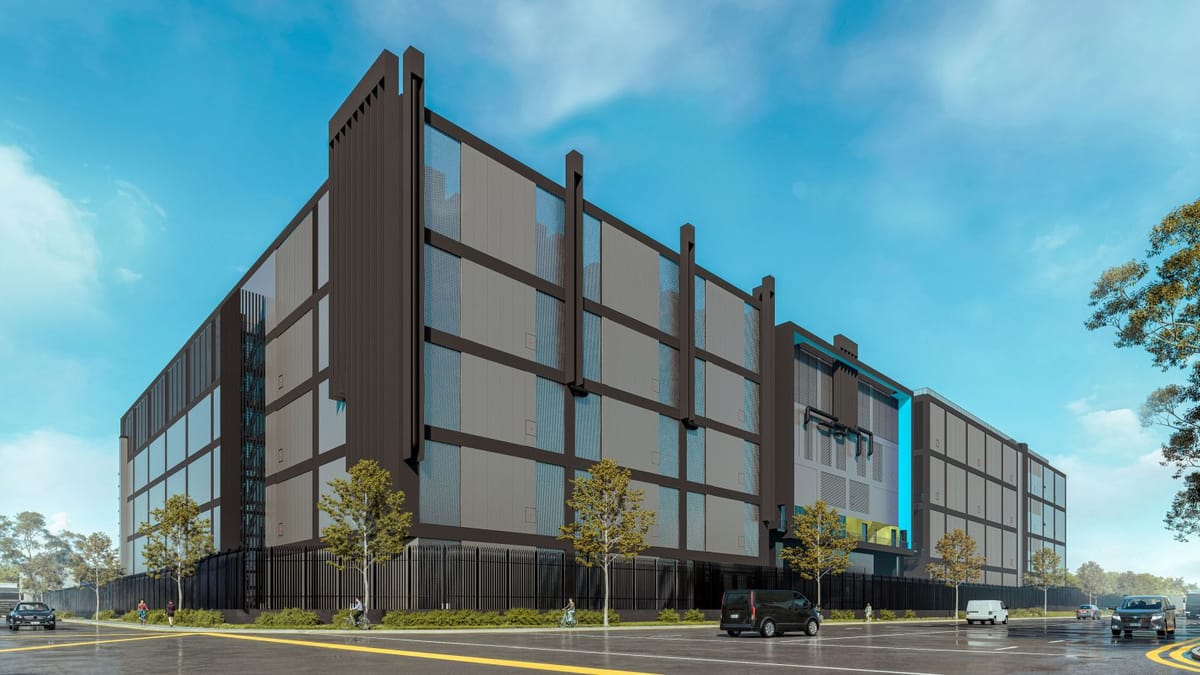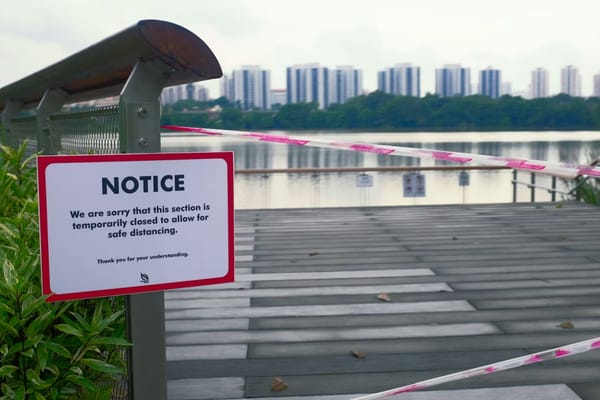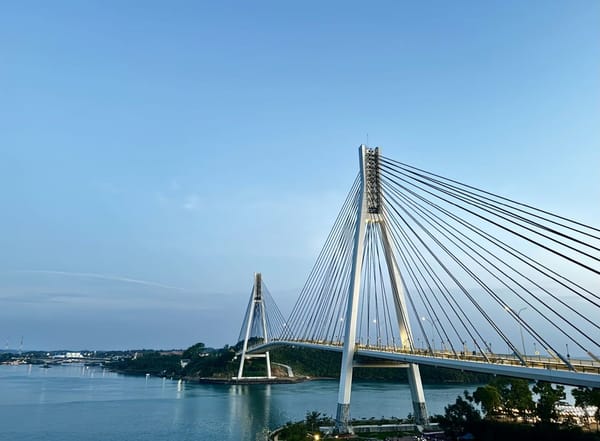AirTrunk reveals plans for 70MW Singapore data centre
Will be the third largest data centre in the country.

In an announcement made this morning, AirTrunk confirmed it is building a 70MW data centre in Singapore. AirTrunk SGP2 is the most significant data centre since the 2019 moratorium.
Indeed, it's the third biggest data centre in the island nation, backed by the largest green loan ever secured for a data centre here. How did AirTrunk secure the needed approvals for such a massive facility? Here's what we know.
Top three in capacity
Just how big is AirTrunk's SGP2 data centre? When you stack it against other major facilities based on official announcements, it sits comfortably near the top of the list. This is notable given Singapore is a mature data centre hub.
Meta leads with its 150MW facility, followed by AirTrunk's own SGP1 at 78MW. The new SGP2 facility slots in third at 70MW, ahead of Nxera's DC Tuas at 58MW and Digital Realty's SIN12 at 50MW. This is only a guess, as some operators like Google don't divulge capacity figures; Google's fourth data centre in Singapore is physically imposing, suggesting substantial capacity.
With Singapore's total operational data centre capacity sitting at 1,400MW, SGP2 will single-handedly increase the nation's capacity by 5%.
Record-breaking green financing
The details about SGP2 emerged through AirTrunk's announcement of a S$2.25 billion green loan for development. This financial package was assembled from a consortium of 23 local and international financial institutions and includes an option to convert into a sustainability-linked loan.
AirTrunk revealed several details highlighting SGP2's green credentials. The facility targets a design PUE of 1.2 and BCA Green Mark Platinum certification. They're also incorporating green steel and green concrete into the construction.
The Green Mark Platinum designation carries real significance if SGP2 falls under the 2024 version of IMDA-BCA Green Mark for Data Centres. Under these guidelines, achieving Platinum means conforming to much stricter PUE benchmarks across different load scenarios. At 25% IT load, the maximum allowed PUE is 1.39. At 50%, it falls to 1.32. At 75%, it drops further to 1.29. At full load, it must reach 1.28.
Design PUE isn't the same as operational PUE, but the Green Mark for Data Centres scheme calls for real-time PUE readings from live workloads rather than aspirational goals. This makes the benchmarks genuinely enforceable standards.
Approval mystery remains
Back in April, a Bloomberg report about AirTrunk borrowing US$1.7 billion for a new Singapore data centre had industry watchers scratching their heads. Now we know what that was about.
One question remains: how did AirTrunk secure approval for such a massive data centre? Unfortunately, AirTrunk isn't taking questions at this point when approached for comment.
Reading between the lines from various conversations and understanding how IMDA and EDB approach these decisions, AirTrunk is likely either powering SGP2 with renewables or has a design that delivers benefits to Singapore on the sustainability front.
It's going to be very interesting to watch how this unfolds.




